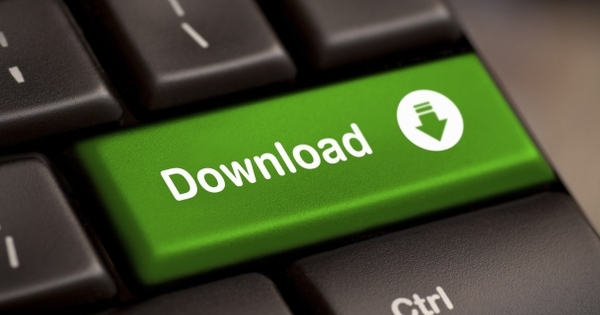Some USB drives or SD cards are protected and it is difficult to format or erase them. How can you lift the security?
Some SD cards or USB drives contain a switch that you can flip so that the contents cannot be erased. This is useful, because this way you don't just accidentally lose your files, but it can happen that Windows continues to recognize the drive or card as protected even after you flipped the switch to remove the protection. It is also possible that your SD card or USB drive does not have a switch at all and is still marked as protected. Here we show you what you can do about this. Also read: In 3 steps: How to secure a USB stick.
If an SD card or USB drive is write protected, you can read and copy its contents, but it is not possible to delete, add or format files. You may also seem to be able to throw the files away, but the next time you plug the drive into your computer, they'll be there again.
Using Registry Editor
You can use Windows 10's Registry Editor tool to make sure that Windows no longer considers the drive protected. To do this you need to go to regedit search and open the program. Navigate to:
Computer\HKEY_LOCAL_MACHINE\SYSTEM\CurrentControlSet\Control\StorageDevicePolicies
In the right panel, double click on the value WriteProtect and change the value below Value by 1 nasty 0. click on OK to save the new value.
When you put the drive back in the computer, Windows will consider it unprotected. You can then use it again as usual.
If you have the registry key StorageDevicePolicies If you can't find it, you can create one.
To do this you have to right-click in the folder
Computer\HKEY_LOCAL_MACHINE\SYSTEM\CurrentControlSet\Control\ click in the empty space in the right panel and New > Key Selecting. Enter the name StorageDevicePolicies exactly like that, with the capital letters in the right place.
Double click on the newly created key, right click again in the empty space and choose New > DWORD (32-bit) Value. Name the value WriteProtect and choose as value 0. click on OK to save the changes. Exit the Registry Editor and restart your computer.
Using Command Prompt
If the solution above doesn't work, you can use Command Prompt to unprotect the drive and erase all contents.
Make sure you Command Prompt opens as administrator. You can do this by right-clicking on the program and Run as administrator to choose.
Type the command disk part and press Enter. Then type list disk and press again Enter. type select diskX (at which X the number of your drive) and press Enter. Type now attributes disk clear read only and press Enter.
type clean and press Enter. Then type create partition primary and press Enter. Type create partition primary and press Enter. Type now format fs=fat32 (you can also format fs=ntfs if you will only be using the drive on Windows computers) and press Enter. type exit and press Enter, and Command Prompt will close.
Your drive is now formatted and Windows will recognize it as unprotected from now on.
Do you decide later that you want to protect the USB drive or HD card again? Then you can do that in several ways, the easiest of which is probably to encrypt the contents of your card or drive and protect it with a password. For example, with Rohos Mini Drive you can easily create a hidden partition on your USB stick. Then the files are stored there encrypted.

